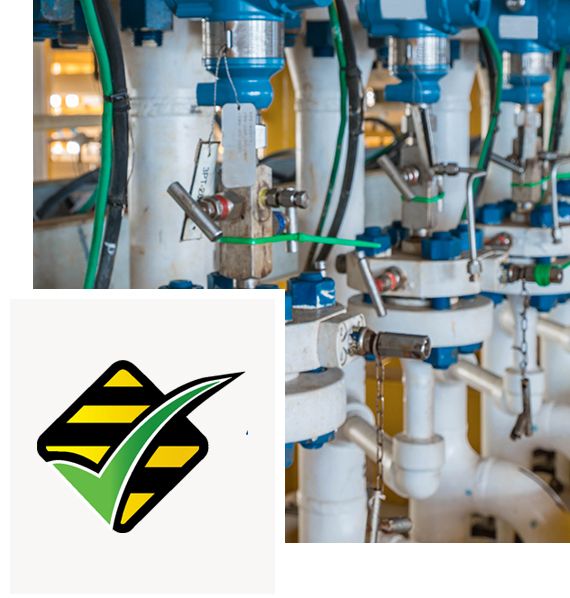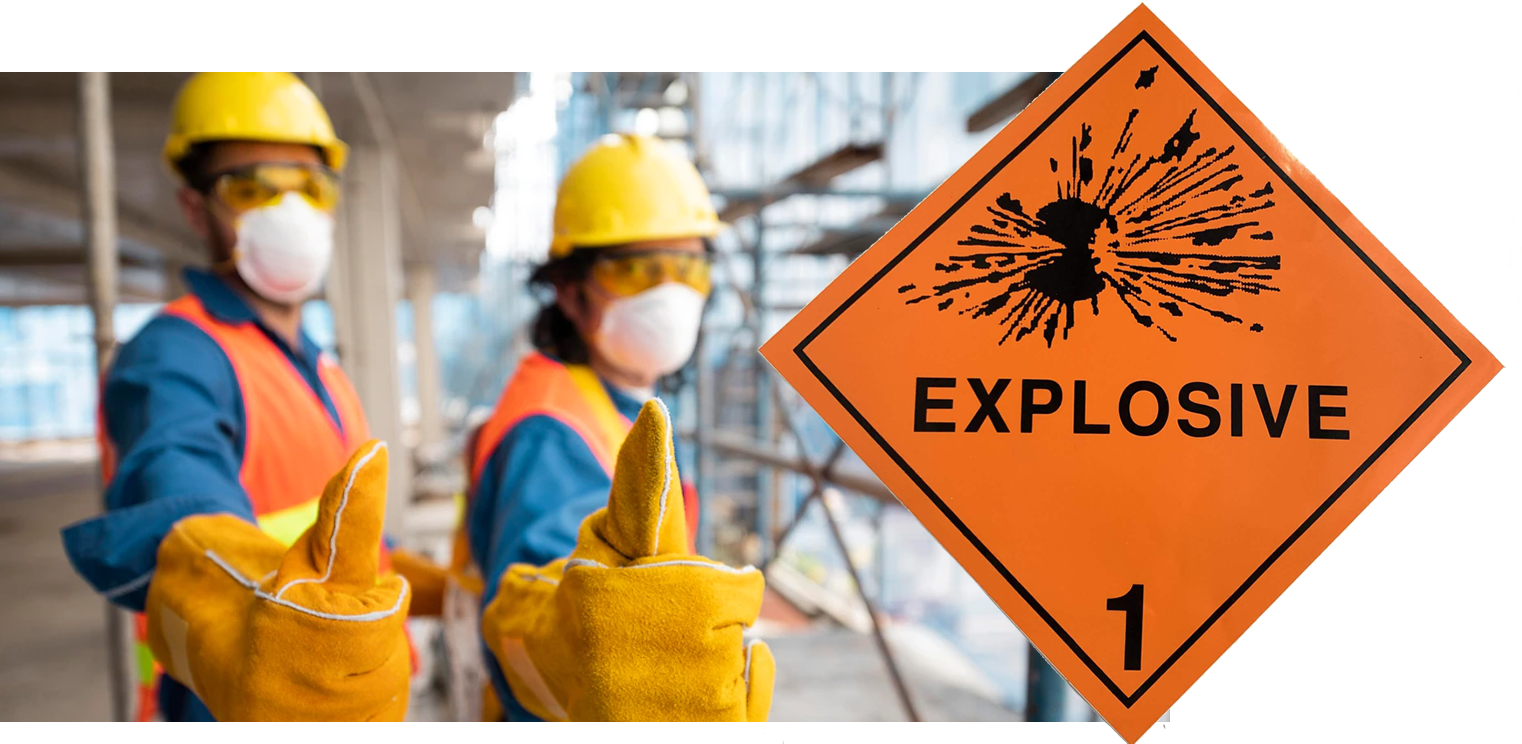 Learn More
Contact Us
Learn More
Contact Us
Understand the risks. Comply with Regulations. Meet your responsibilities.
AIDGC is here to help you keep your workplace safe as well as to avoid financial losses, insurance problems, and the harsh penalties that can result from an accident. AIDGC is an independent industry body that gives you access to over 60 professionally qualified members.

EXPLOSIVES
Class 1 is divided into six divisions as follows:
Division 1.1 Substances and articles which have a mass explosion hazard…
GASES
Class 2 – Gases, comprises compressed gases, liquefied gases, dissolved gases, refrigerated liquefied gases, mixtures of one or more gases…
FLAMMABLE LIQUIDS
Class 3 Flammable liquids are liquids, or mixtures of liquids, or liquids containing solids in solution or suspension (for example…
FLAMMABLE SOLIDS
Class 4 – Substances Liable To Spontaneous Combustion; Substances Which, In Contact With Water, Emit Flammable Gases…
OXIDIZING SUBSTANCES AND ORGANIC PEROXIDES
Class 5 – is divided into two divisions as follows: Substances which, while in themselves not necessarily combustible, may, generally by…
TOXIC & INFECTIOUS SUBSTANCES
Class 6 – is divided into two divisions as follows: These are substances liable either to cause death or serious injury or to harm human health…
RADIOACTIVE MATERIALS
Class 7 – Radioactive material means any material containing radionuclides where both the activity concentration and the total activity…
CORROSIVE SUBSTANCES
Class 8 – substances are substances which, by chemical action, will cause severe damage when in contact with living tissue, or, in the case…
MISCELLANEOUS DANGEROUS SUBSTANCES
Class 9 – substances and articles (miscellaneous dangerous substances and articles) are substances and articles which, during…
We’re here to help you to find a qualified consultant to suit your requirements.
Search for professional AIDGC members who offer dangerous goods related services.
Put simply, they are substances that may pose an immediate hazard to people, property or the environment.
They exist in almost all businesses, big and small. From the obvious ones like warehousing, pharmaceutical, logistics and manufacturing, through to furniture makers, workshops, pool shops, printers, supermarkets, hardware stores and offices – the list goes on and on.

AIDGC Study Grants
Applications are open for the AIDGC Study Grant Scheme, providing cash payments of $1,000 each per successful applicant. The intention of the grant is encourage applicants to undertake and complete a specific project relating to dangerous goods matters. The grant scheme is part of an AIDGC strategy to develop improved approaches to learning and to encourage best practice and innovation in dangerous goods matters.
Quick Hazard Risk Assessment
Have you identified and listed all the dangerous goods in your workplace? YesNo
Do you know the risks of using, storing and transporting dangerous goods? YesNo
Have you trained your staff in the risk of use, storage, handling and transport? YesNo
Do you have documented Emergency and Risk Management plans in place to protect your people and business? YesNo
Do you have all the documentation: manifest, register, placarding, risk assessment, emergency plans, and training records? YesNo
Congratulation, your response is positive. However, if your unsure please contact one of our professionals for advice.
You should contact one of our professionals for advice.
Latest News & Events

Dangerous Goods – Class 1 Explosives

Dangerous Goods – Class 2 Flammable Gases

